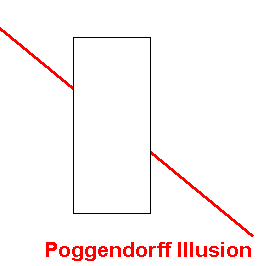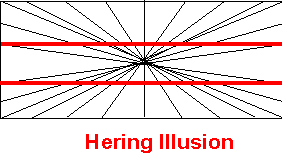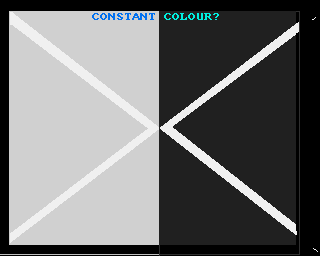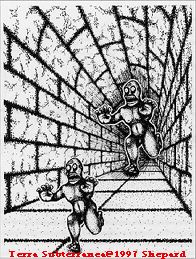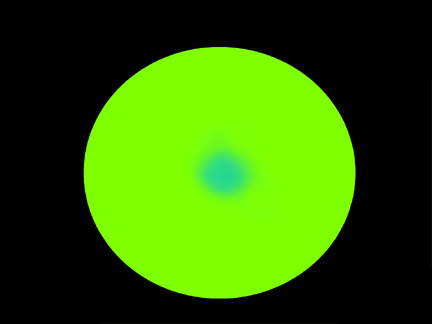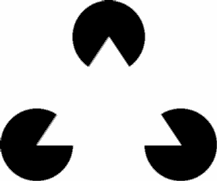

When we view the world there is an enormous amount of processing that occurs after our eyes have received a signal. We often do not think about how much we interpret what we see as opposed to just experiencing raw visual cues. In fact, our brains develop models of how the world works through experience. These models help us interpret what we see. For example, we learn how to interpret such things as depth perception, lighting effects, and motion of objects.
There have been experiments on restoring sight to blind people. If the person was blind at a very early age then none of the visual system in their brain has been developed. Even though all of the signals from the eyes are available, there is nothing in the brain to interpret what is being seen. The "sights" are very chaotic and confusing to the person. It is common for them to become depressed and not be able to cope. In some instances, these people have committed suicide. One might hope that once the eye signals to the brain are present the person's brain would be able to develop the right structure and connections through expreience. However, this is often not the case. There are certain critical periods of development which if missed are lost forever. The same holds true for learning languages.
There is actually something of a paradox in how we develop models in the brain. We build a model based on experience and then we use this model to interpret what we experience. If we see something that is inconsistent with our model of the world (e.g. a magic trick) at what point do we change our model of the world as opposed to just declaring that our senses are being tricked?
Often, the visual cues we receive are ambiguous yet our visual system always is able to make a choice about how to interpret what is being seen. Our conscious mind must choose one and only one interpretation otherwise our mental state would be complete chaos. When ambiguities exist, we choose interpretations that are most consistent with our model of the world. The model is based on what our experiences tell us is most probable. It turns out to be quite easy to create examples that we interpret incorrectly. Those that fool the visual system are referred to as optical illusions.
Below are several examples of optical illusions. Can you explain why we see what we do?


